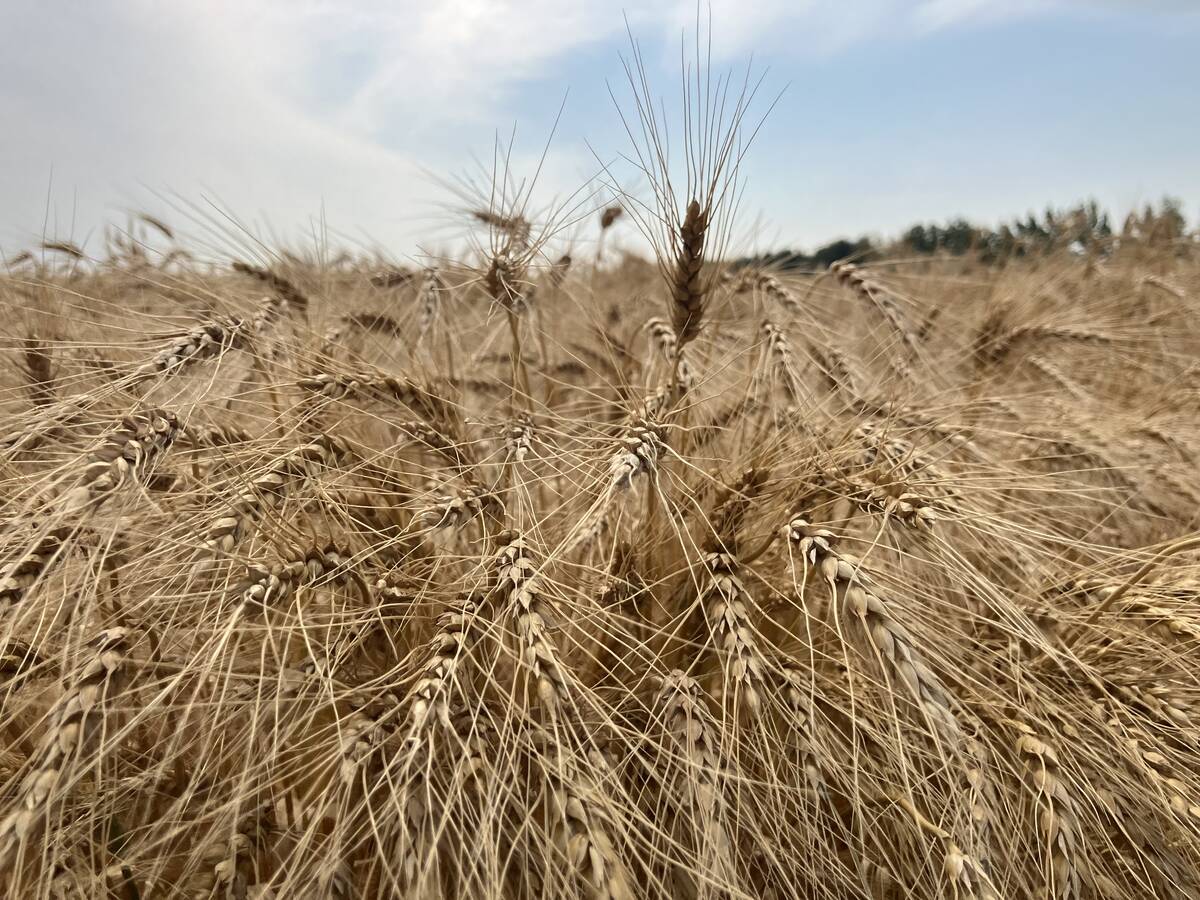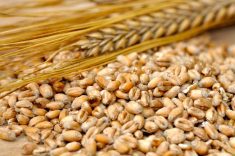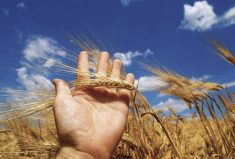It used to be that if you wanted to raise a farmer’s blood pressure, you only had to suggest that an increase in bread prices was due to a change in the price of wheat.
That started in the 1970s after wheat prices skyrocketed to the $6 per bushel range after the “Great Grain Robbery,” when wily Soviet grain buyers cleaned the Americans out of wheat. Keep in mind that $6 in 1974 meant that prices had almost tripled and would equal $23.80 today, so consumers would have been entitled to ask questions.
If you were around then, you’ll remember that food prices had risen to the point where the government appointed a Food Prices Review Board.
Read Also

Prairie spring wheat looks like a bumper crop
Canada will likely set a new record for spring wheat yields this year, topping the previous mark of 54.1 bushels/acre – set in 2020
But farmers rose to their own defence. The Canadian Federation of Agriculture developed a “Farmers’ Share” table on how many loaves could be made from a bushel of wheat. At that time it was about 10 cents for a 16-ounce loaf. The table also had stats such as the cost of durum in pasta and the milk in cheese.
Farmers were so successful in making their case that the federal government introduced a two-price wheat policy that guaranteed a minimum price for wheat sold in Canada, regardless of the export price.
The domestic price reached as high as $7 per bushel but the policy died with the Mulroney government and the free trade agreement with the U.S., perhaps helped by opposition from the Palliser Wheat Growers Association, later the Western Canadian Wheat Growers and now the Wheat Growers Association. It argued that the higher price of $7 per bushel would encourage Ontario wheat growers to grow more spring wheat and steal the market from Prairie growers.
Some would call this cutting off your nose to spite your face, which could also be said of its current campaign against what it says is the federal government’s plan for a “mandatory” 30 per cent reduction in nitrogen fertilizer use.
There is no such plan. There is only a goal of reducing nitrogen emissions by 30 per cent, one which many in the industry say is achievable by practices such as 4R fertility. The federal government is even paying farmers to use them.
There’s no mention of that on the Wheat Growers website, much of which is devoted to an appeal to consumers to support the alleged cut in nitrogen.
“We Are Facing a Food Crisis,” says a headline. “Your staple foods are under threat. That’s no exaggeration. If bread, pasta, cereals and even the occasional beer are on your tables, there’s federal public policy that could make those even more expensive for your family.”
Let’s think that through. Even if Canadian nitrogen use were cut 30 per cent — again, that’s not what’s suggested — would world wheat prices (which determine ours) rise so much that it would make any difference to bread prices?
Statistics Canada reports the average cost of a 1.5-pound loaf as $3.58, which at 46 loaves per bushel means 19.5 cents of wheat per loaf at the current price of about $9. We didn’t hear any Wheat Grower concerns about high bread prices last year when wheat prices pushed $15 per bushel.
The suggestion that beer prices will climb because of lower nitrogen use on barley is just embarrassing, given that you can get almost 500 bottles from a bushel.
Even more embarrassing is that the Wheat Growers website asks for donations from the public to “do our job,” which it says is “We fight for the food supply, for low prices and for exceptional quality food… Help us. Please consider a one time donation of whatever you can afford. Or sign up for a monthly contribution.”
This marks a first in Canadian agriculture history — an organization asking for consumers’ dollars to fight for low grain prices. But do the Wheat Growers need the money? Potential donors might hesitate if they click on the website’s “Our sponsors” page, which lists the logos of 33 seed, fertilizer, chemical, grain and machinery companies.
The Wheat Growers also want consumers to sign a petition to “halt the proposed 30% fertilizer reduction and that carbon taxes on agricultural inputs be lifted.“ This implies the tax applies to all “inputs,” which it doesn’t. And while it may apply to fuel for grain drying (which may change), farmers don’t pay carbon tax on gasoline and diesel. Other farmers and their organizations should tell the Wheat Growers that it might not be good public relations to ask for donations from those who do. That could backfire.
They could also mention that it might not be a good idea to claim that the price of barley has anything to do with the price of beer.















